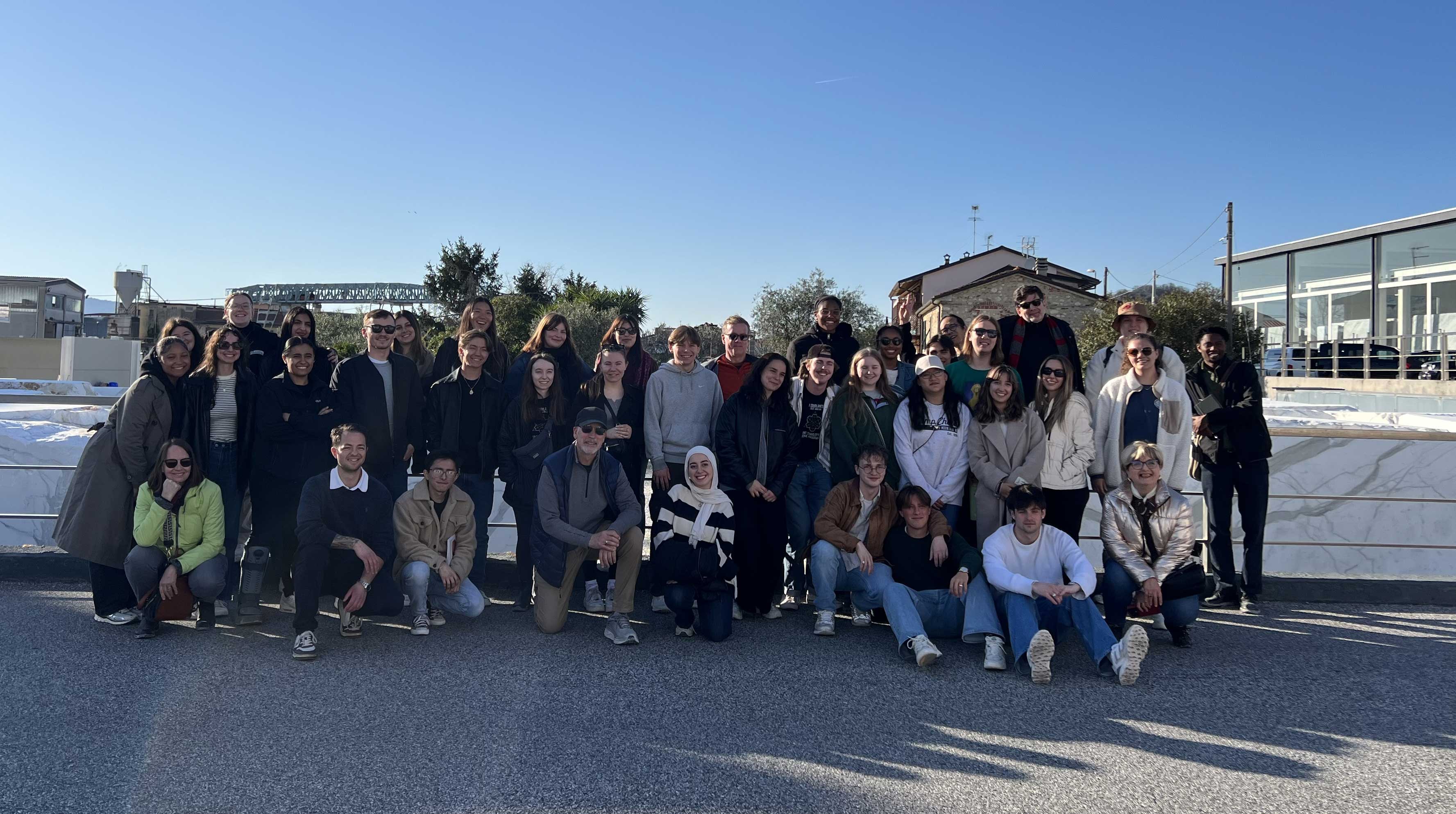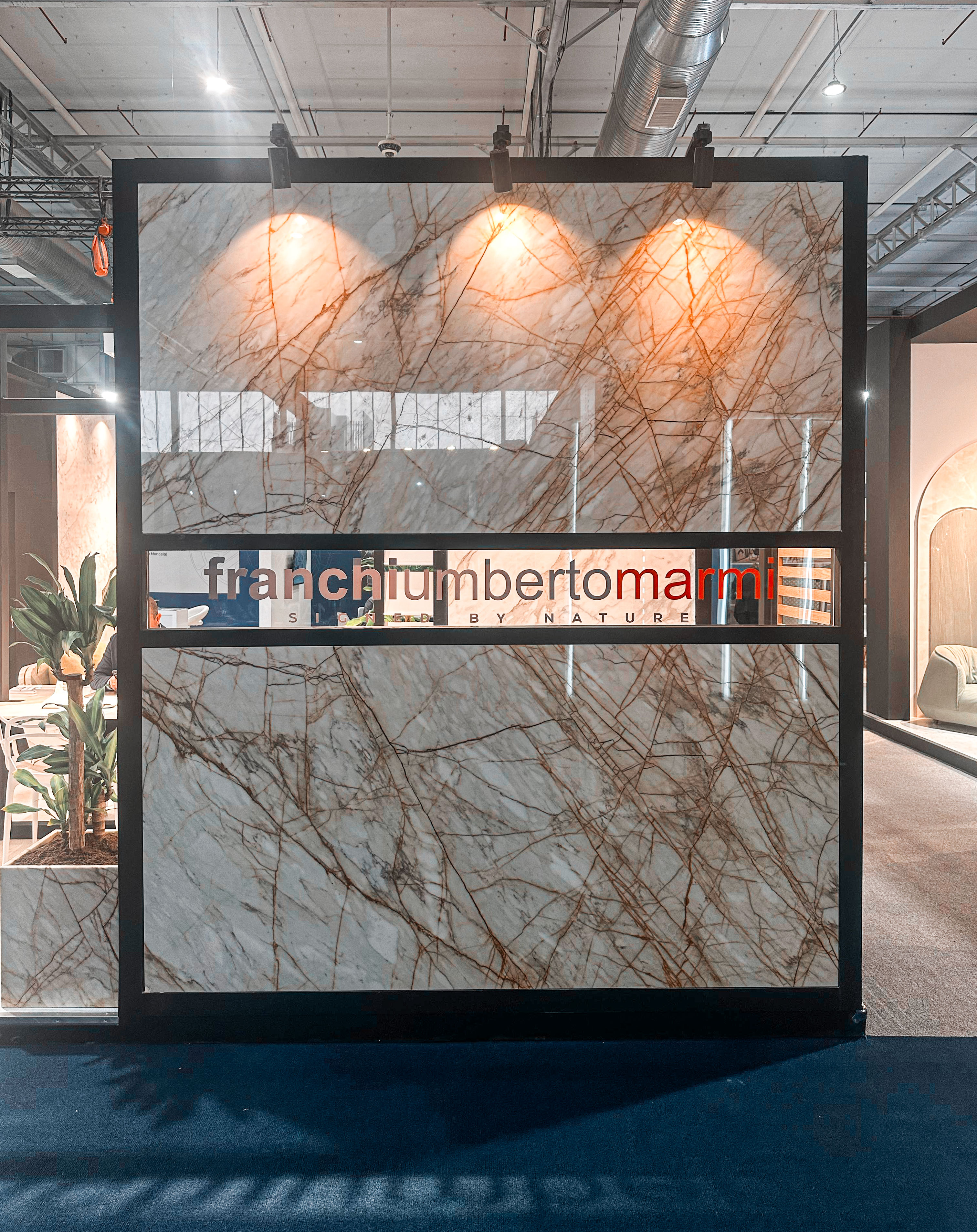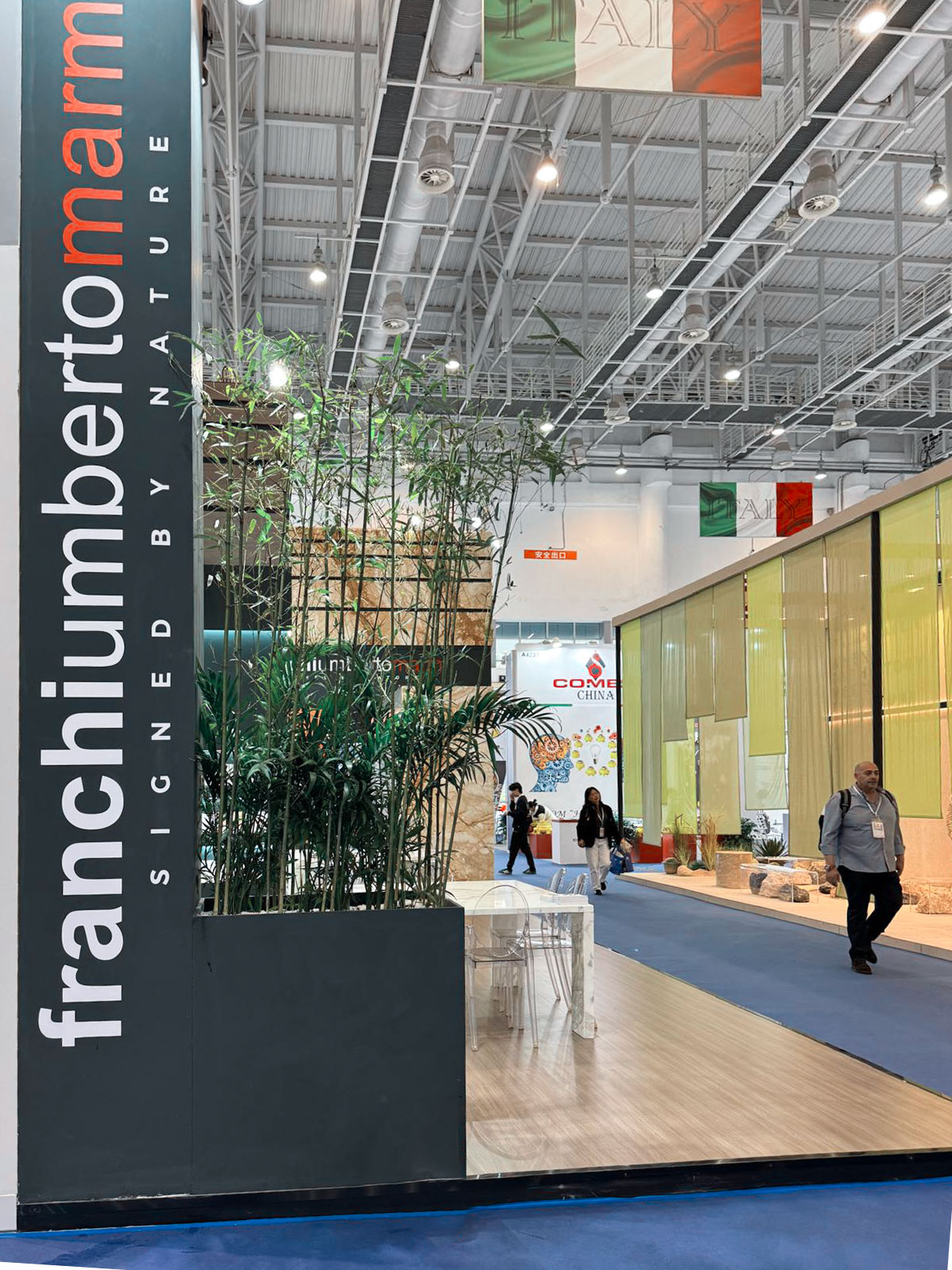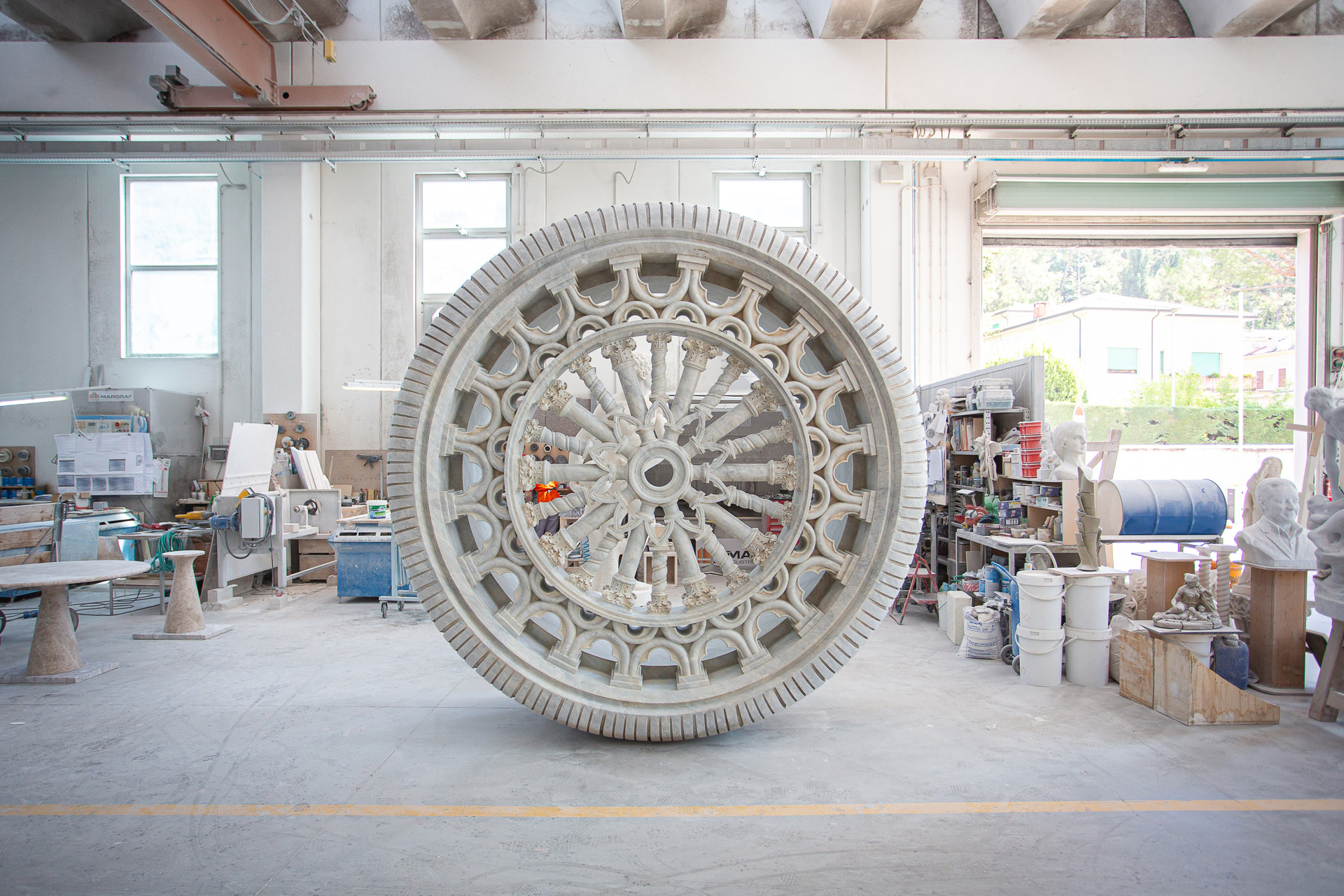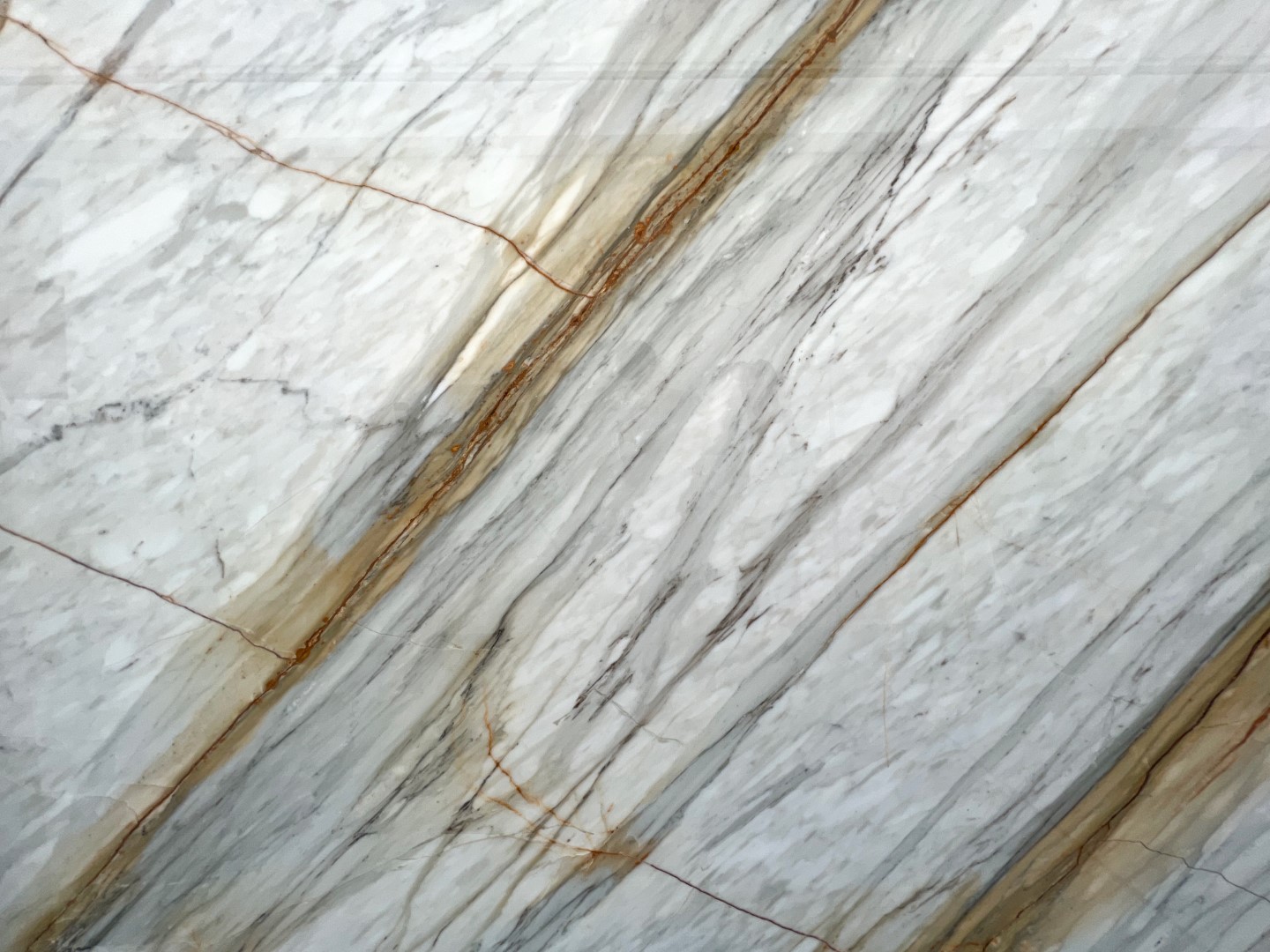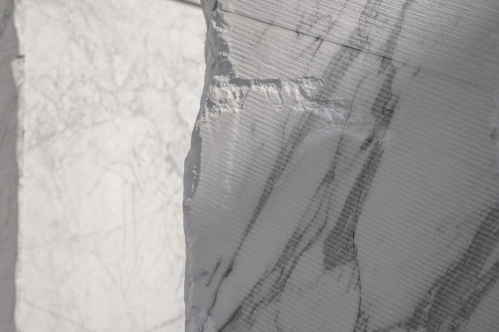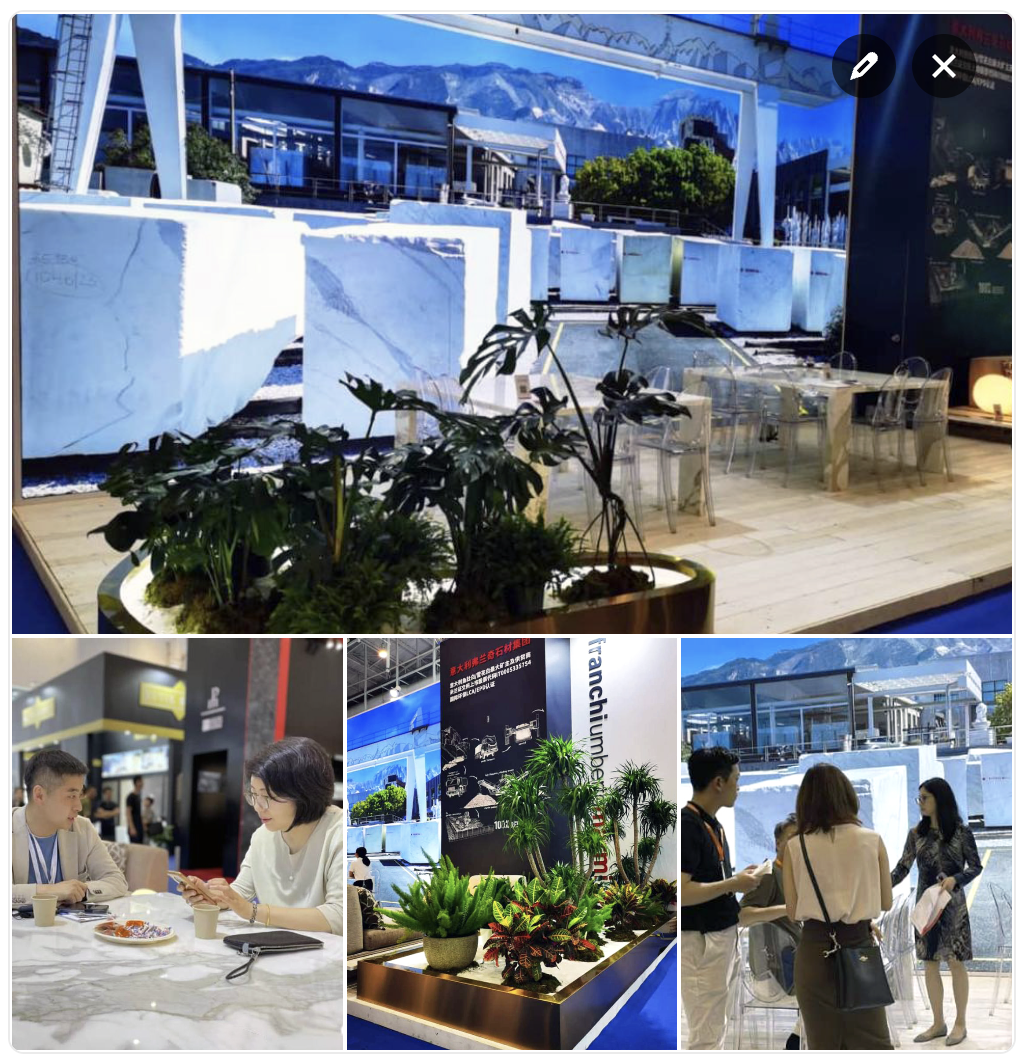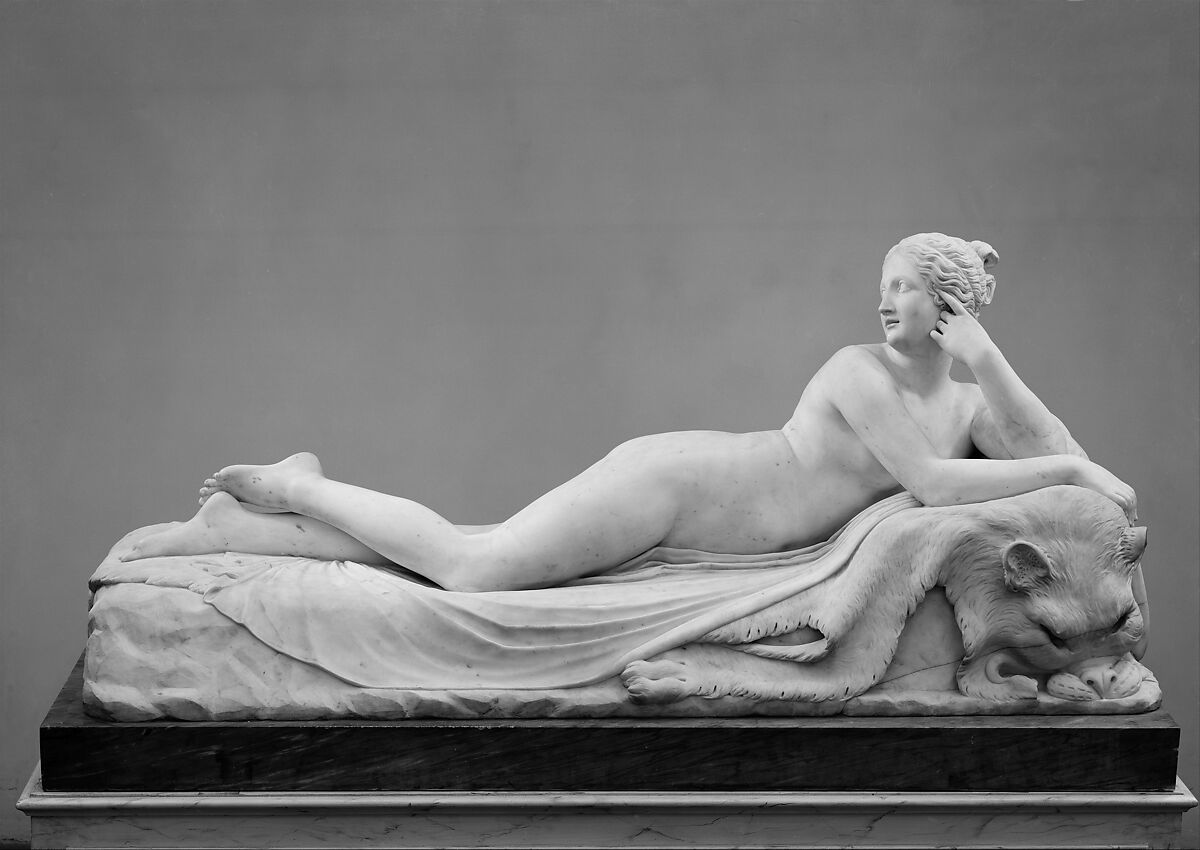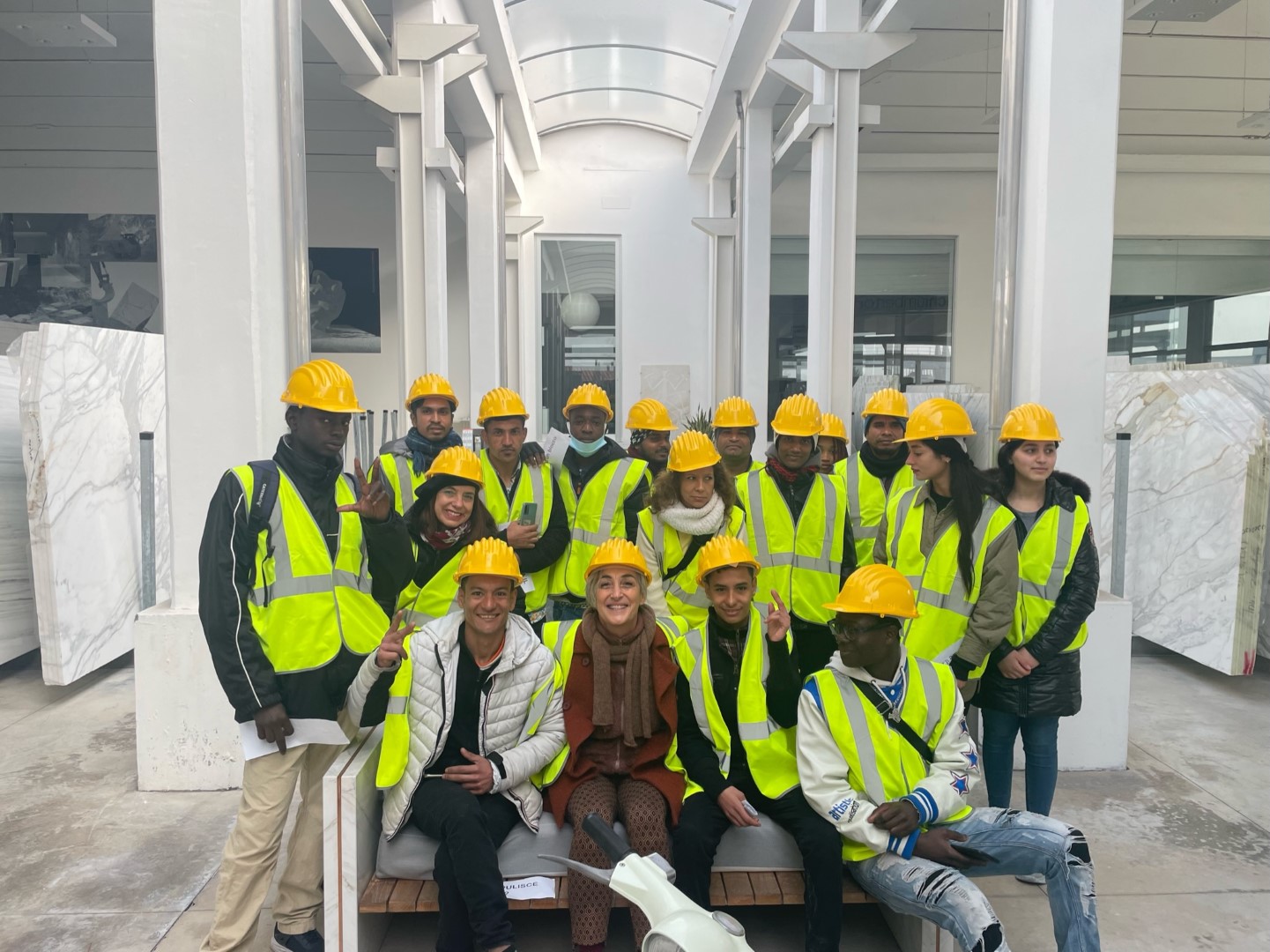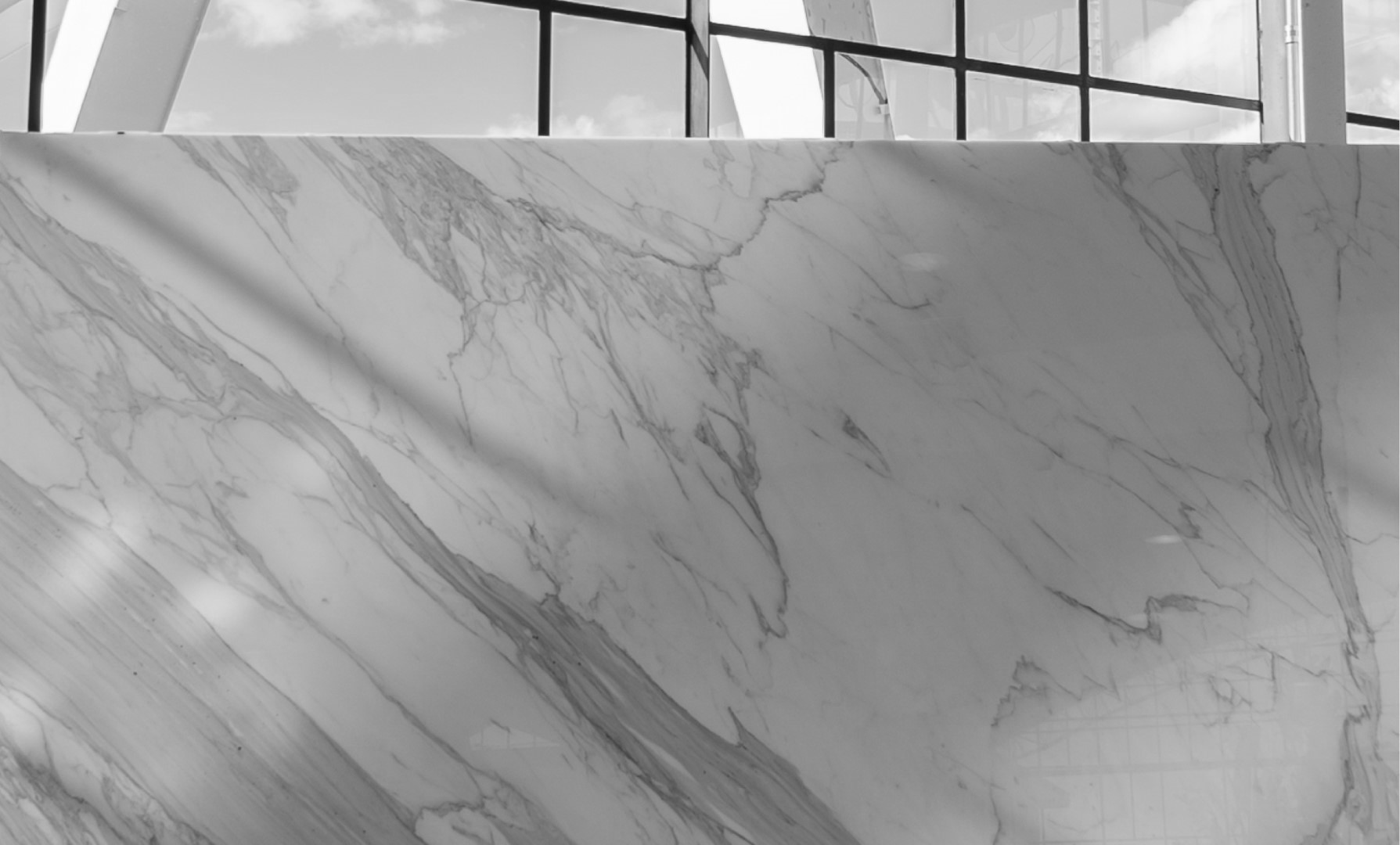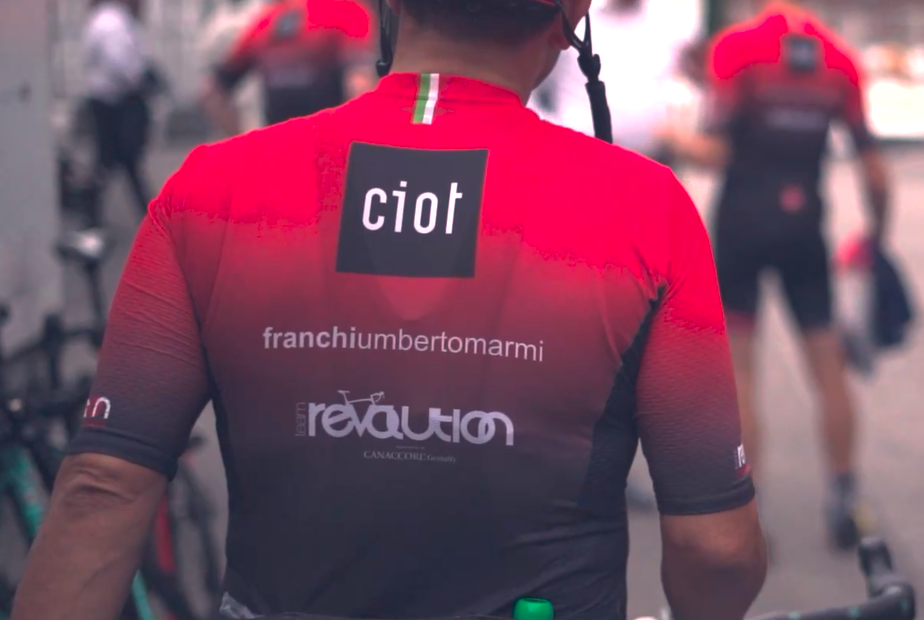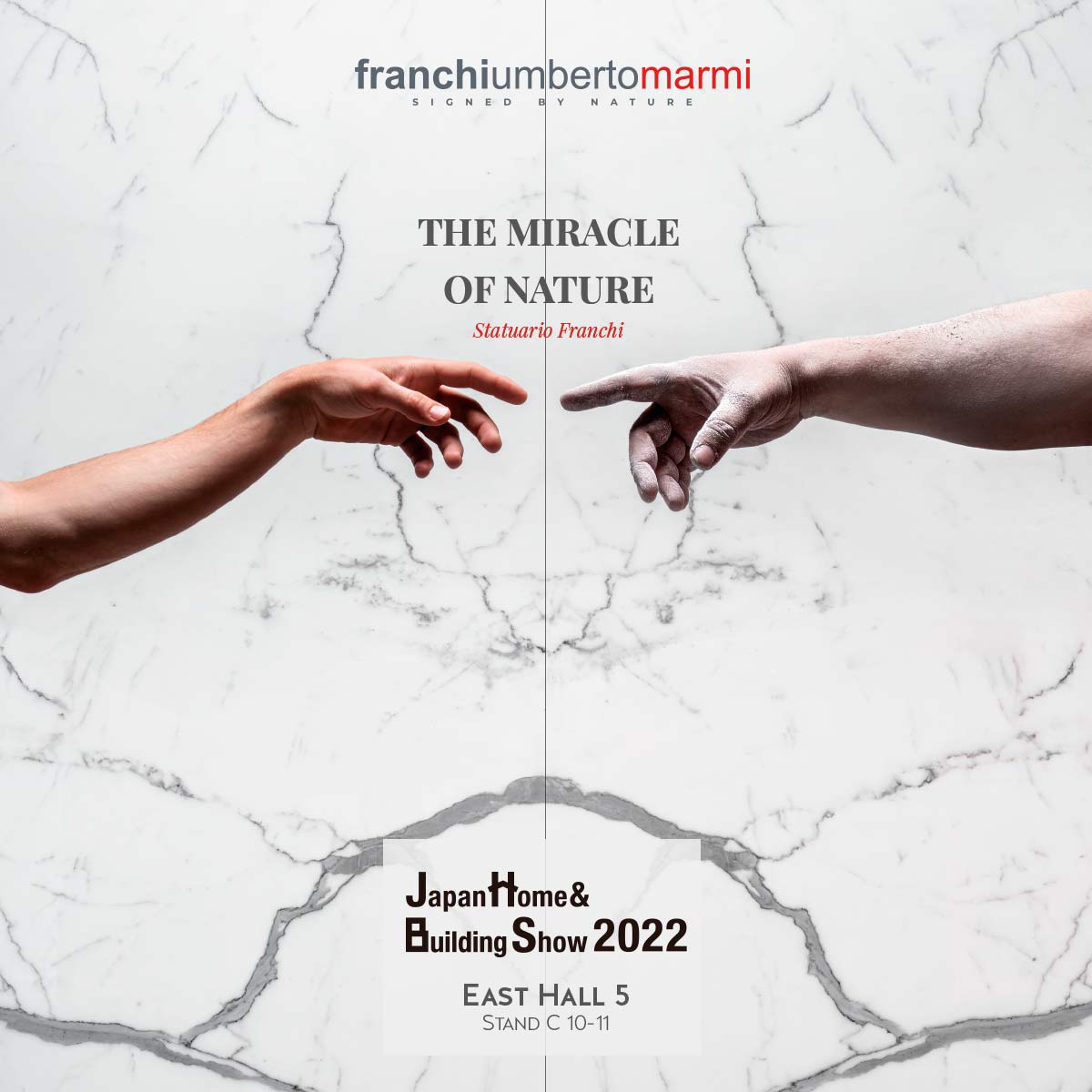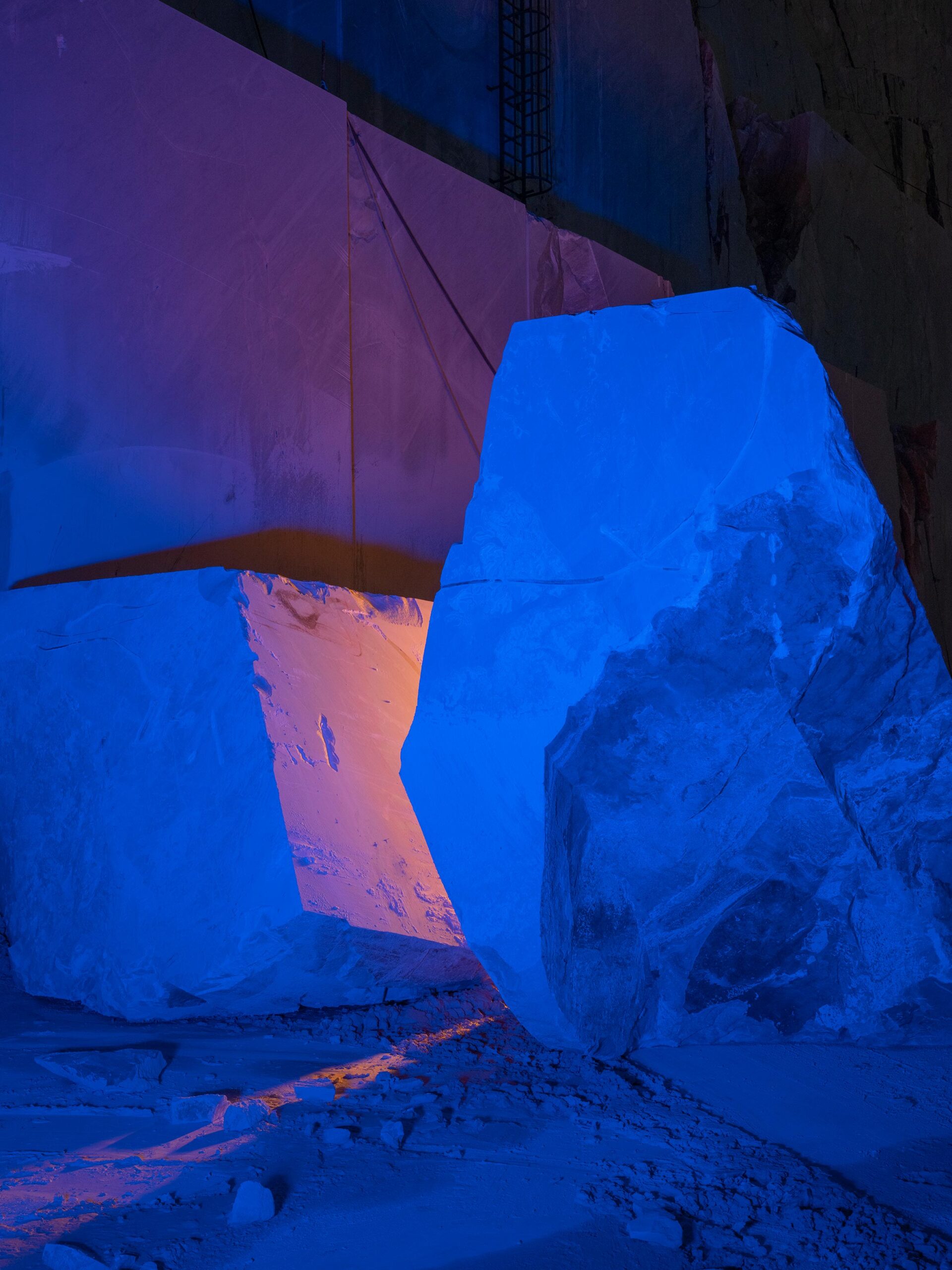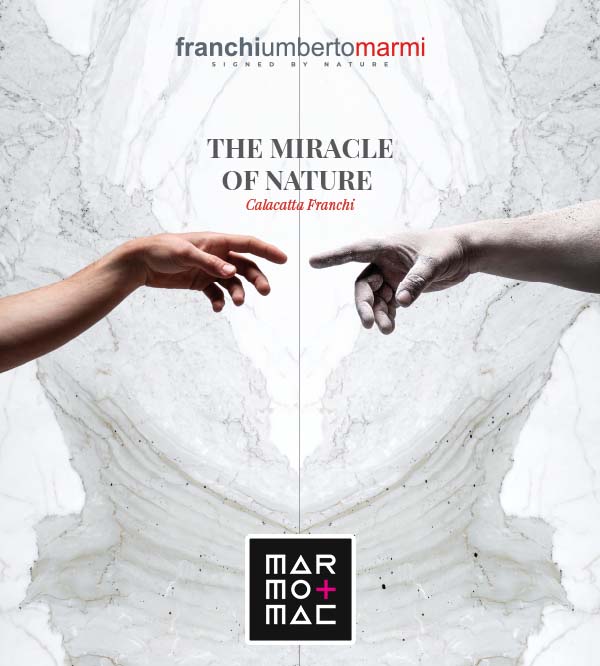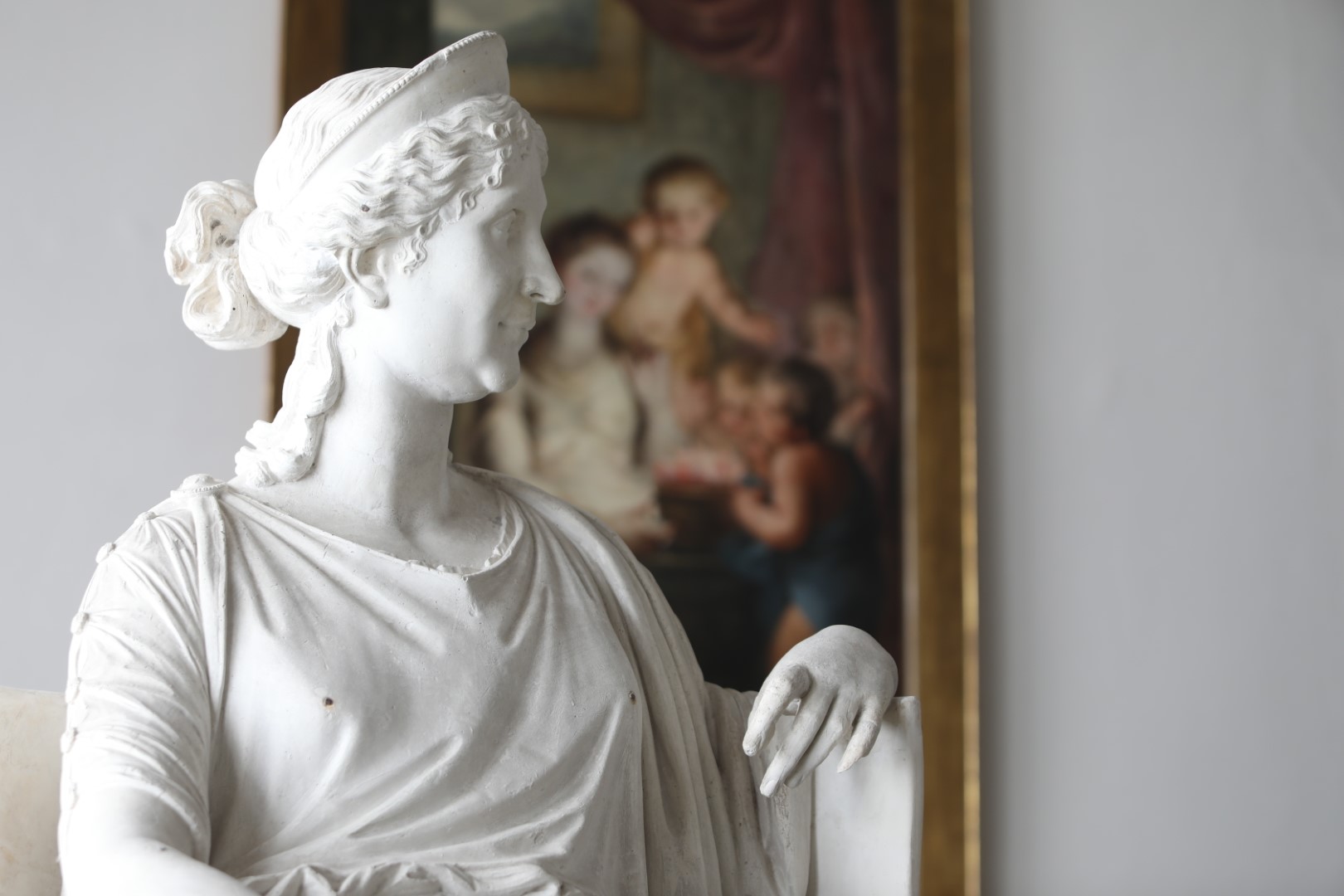With its natural uniqueness, through the centuries marble has often been used by great architects and sculptors for its exclusive characteristics of durability and versatility. Thanks to the natural textures given by its veins, marble has been and still is the protagonist of original projects, full of personality and, at times, even daring. But not only in Architecture and Art. Some of the timeless icons of Design, those pieces that even decades after being designed, still manage to transform a room into a space full of appeal with their presence, were made of marble and still today tell us beautiful stories of ingenuity, style and great production capacity.
Eros table by Angelo Mangiarotti
When Design, whether elegant, innovative or irreverent, meets Marble in all its beauty, an incredible alchemy develops: material, project and technique harmoniously interact to give life to a concrete and imperishable form of highly functional beauty. Right from the start of his career, in the 50s, Angelo Mangiarotti (1921-2012) always nurtured particular attention for natural stone, marble and industrial design. All the industrial production phases that regarded lithic materials were incredible food for thought for him, going even so far as to work with numerical control machines in the 1980s. Between the 70s and 80s his interest was dedicated to researching stone furniture with gravity joints and their creation that followed the logic of the material itself and of the particular processing and finishes, yielding final results that bordered on formal perfection.

Thus was born the series of modular tables Eros (1971), designed for Agapecasa and produced in various finishes, configurations and sizes in Carrara White, Marquina Black, Carnico Grey, Alpi Green, Travertino and Emperador dark marble. With one or more truncated conical supports embedded in the top depending on the shape: square, rectangular, elliptical, round or triangular.
The Eros series, whose name alludes to the male-female joint, is the result of research developed by Mangiarotti on interlocking furniture with no joints or locks: the “design” in fact provides for a gravity joint between the top and leg, obtained thanks to the truncated cone section of the latter. From this perspective, Eros is not simply a product: it is an inventive code consisting of many different shapes and sizes, each finding its own identity trait in the joint. The junction points between the top and the leg are open slots, resulting from a logical removal of the parts that would have withstood the pressure of the joint. A detail that recounts great elegance of design and a real invention.
Eros is the concrete representation of the dialogue between material and design that for Angelo Mangiarotti was the basis of his work: a dynamic relationship that aimed at the research for a perfect balance because, as he would say, “happiness stems from fairness”
Author: Maria Chiara Bocciolini
Other articles

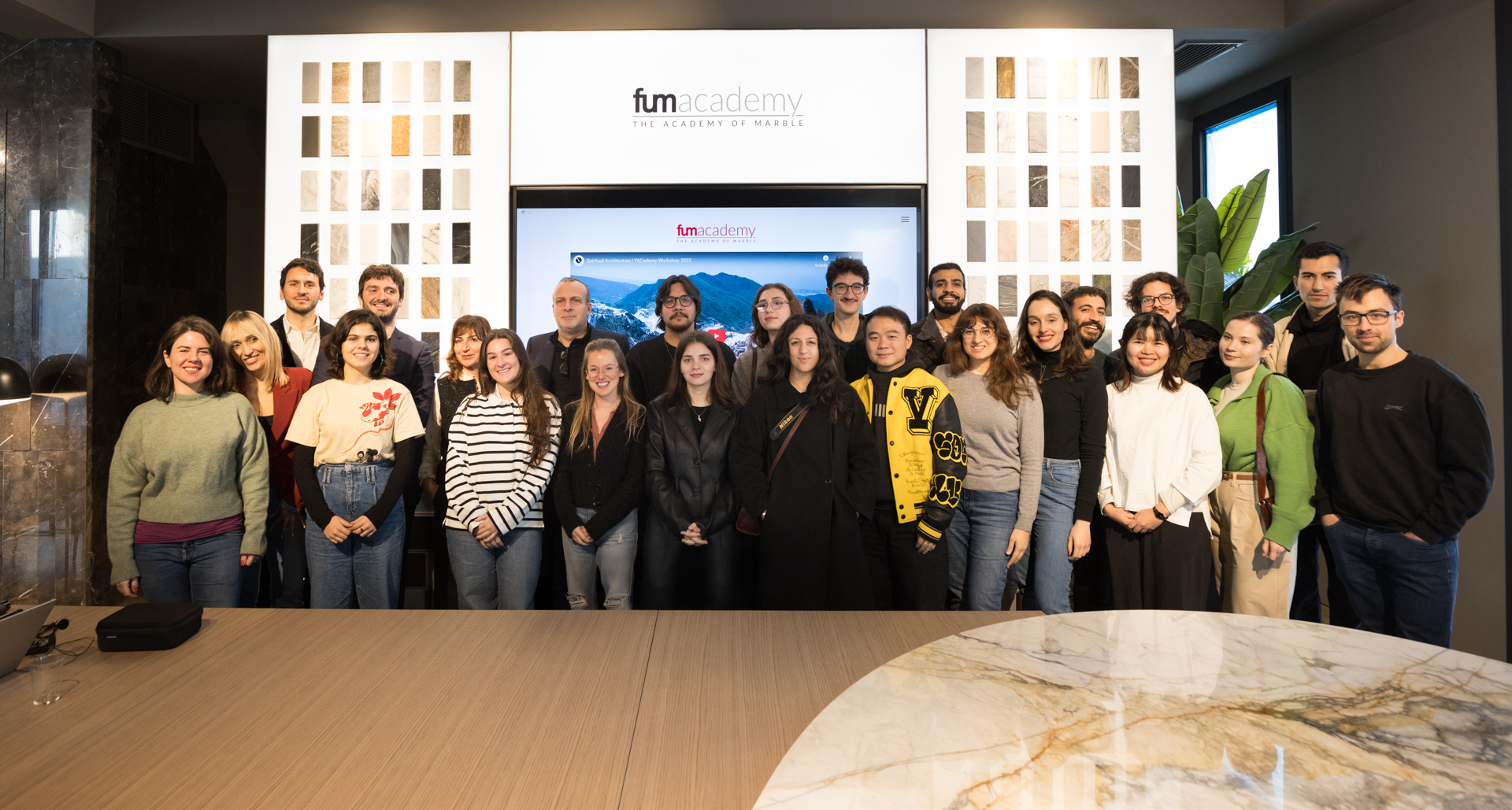 BLOG
BLOG
FUM Academy: A New Chapter in Marble Education
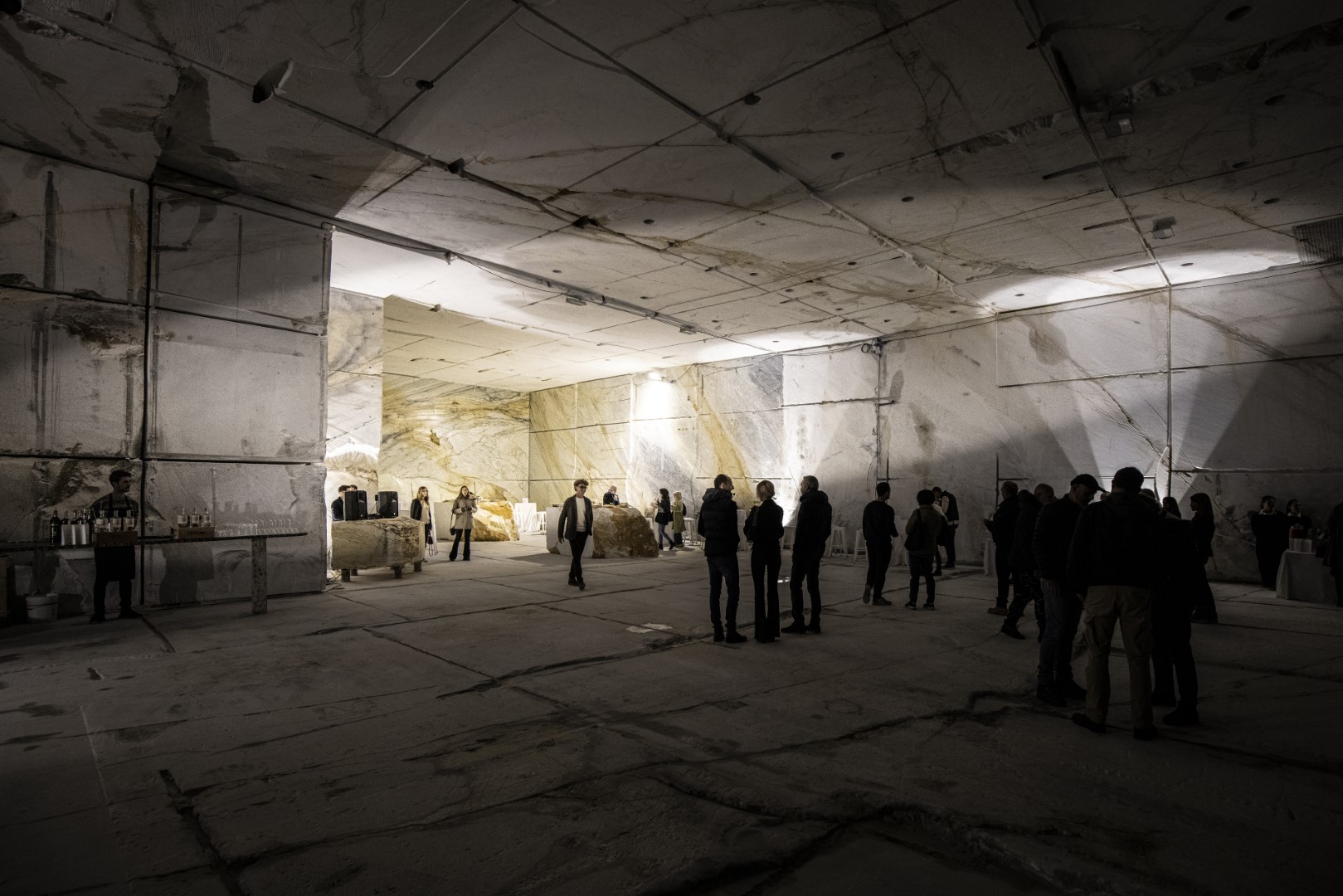 BLOG
BLOG
Supernatural: Architecture and Marble: a Well-functioning Match
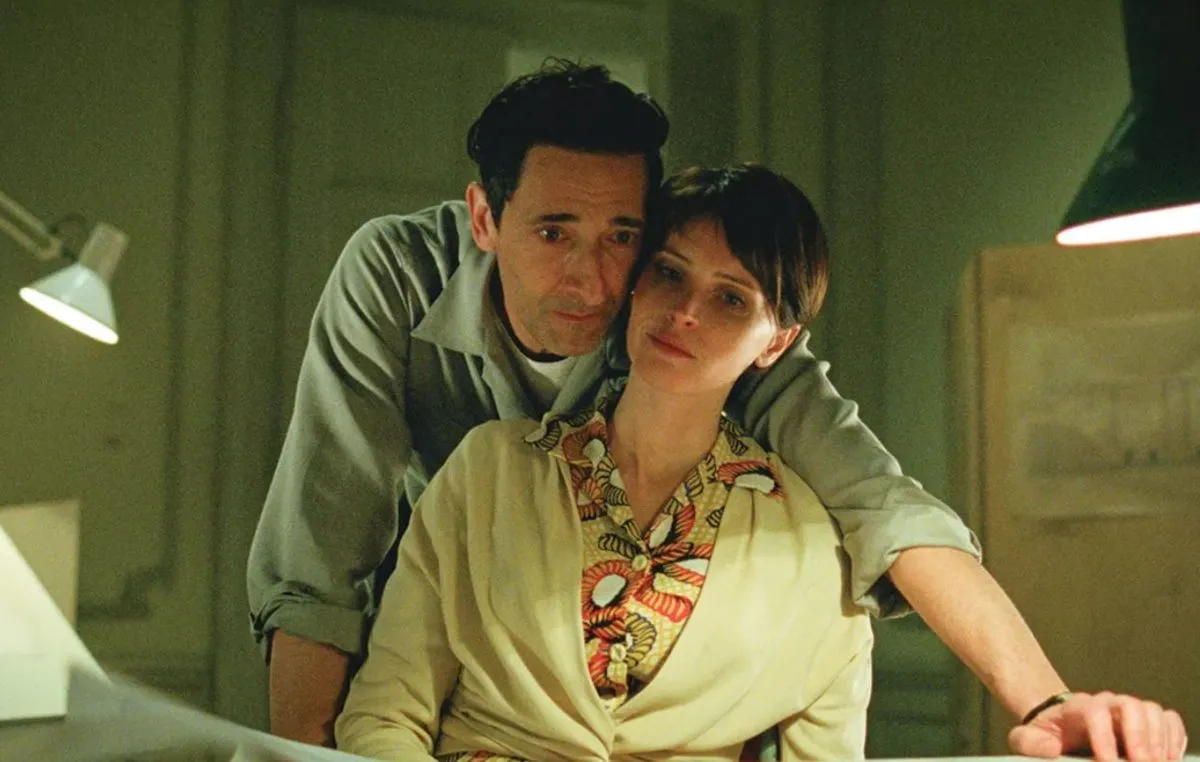 BLOG
BLOG
The Brutalist: Adrien Brody in the Carrara Quarries - In theaters from January 23 2025
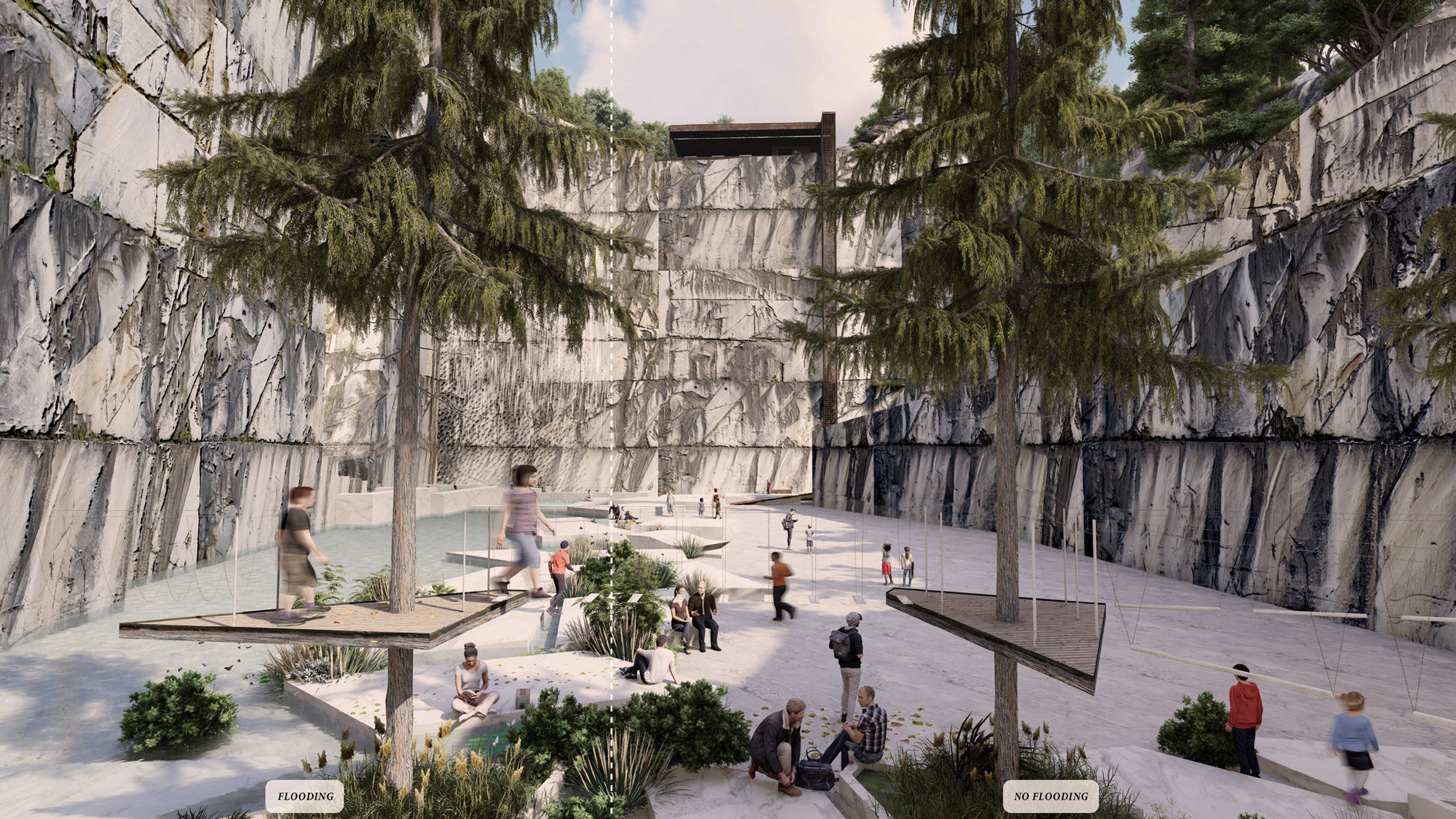 BLOG
BLOG
FUM ACADEMY: PEOPLE AND KNOWLEDGE AT THE CENTER
 BLOG
BLOG
Stories: Carrara Marble for the Freedom Tower
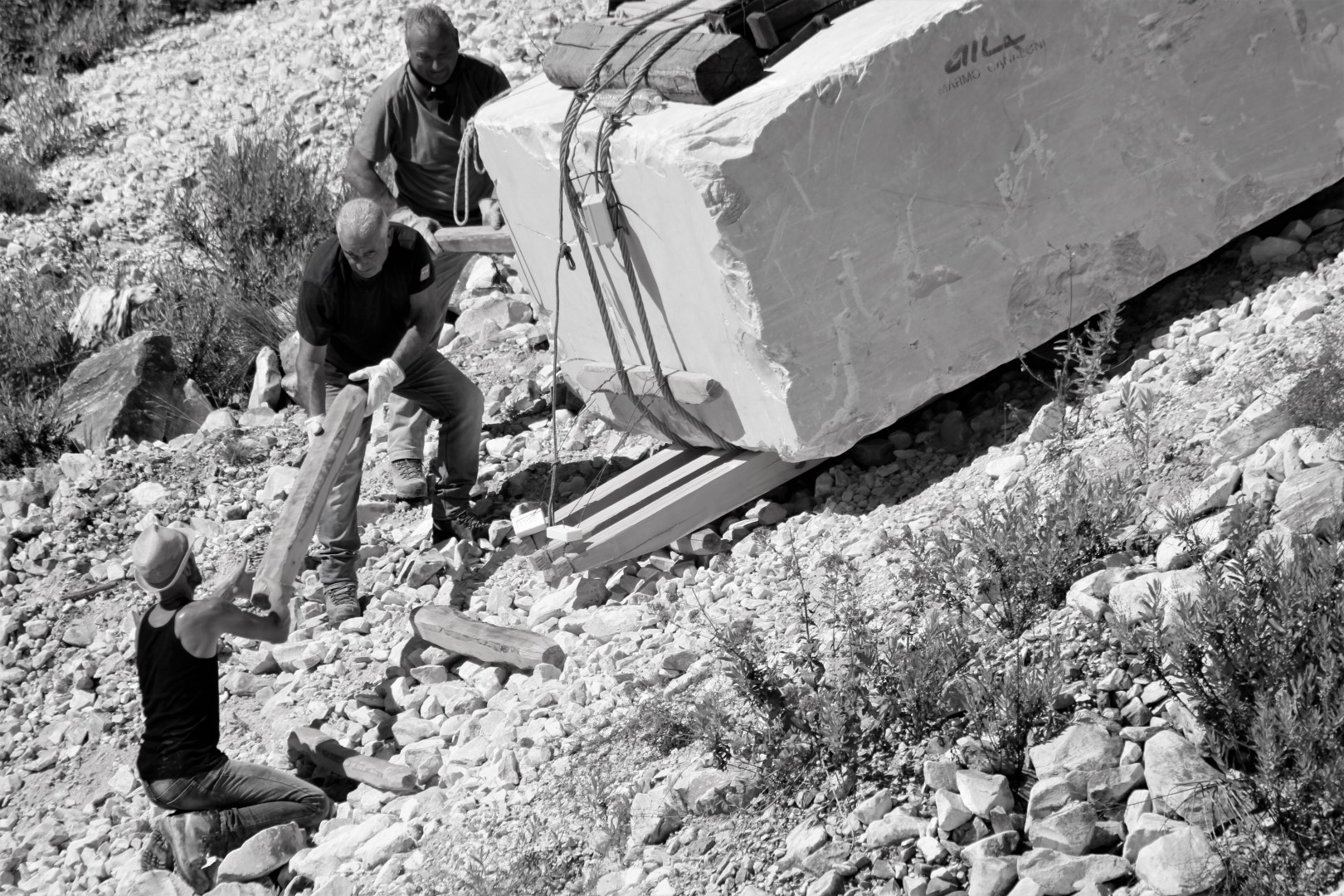 BLOG
BLOG
Lizzatura storica - Ponti di Vara
 BLOG
BLOG
We are nature. The sustainability of the Natural Stone at Fuorisalone 2023
 BLOG
BLOG
Sustainability and technology, the management of water resources
 BLOG
BLOG
From "Essere Marmo", the Carrara marble sustainability manifesto, "Marble narrates"
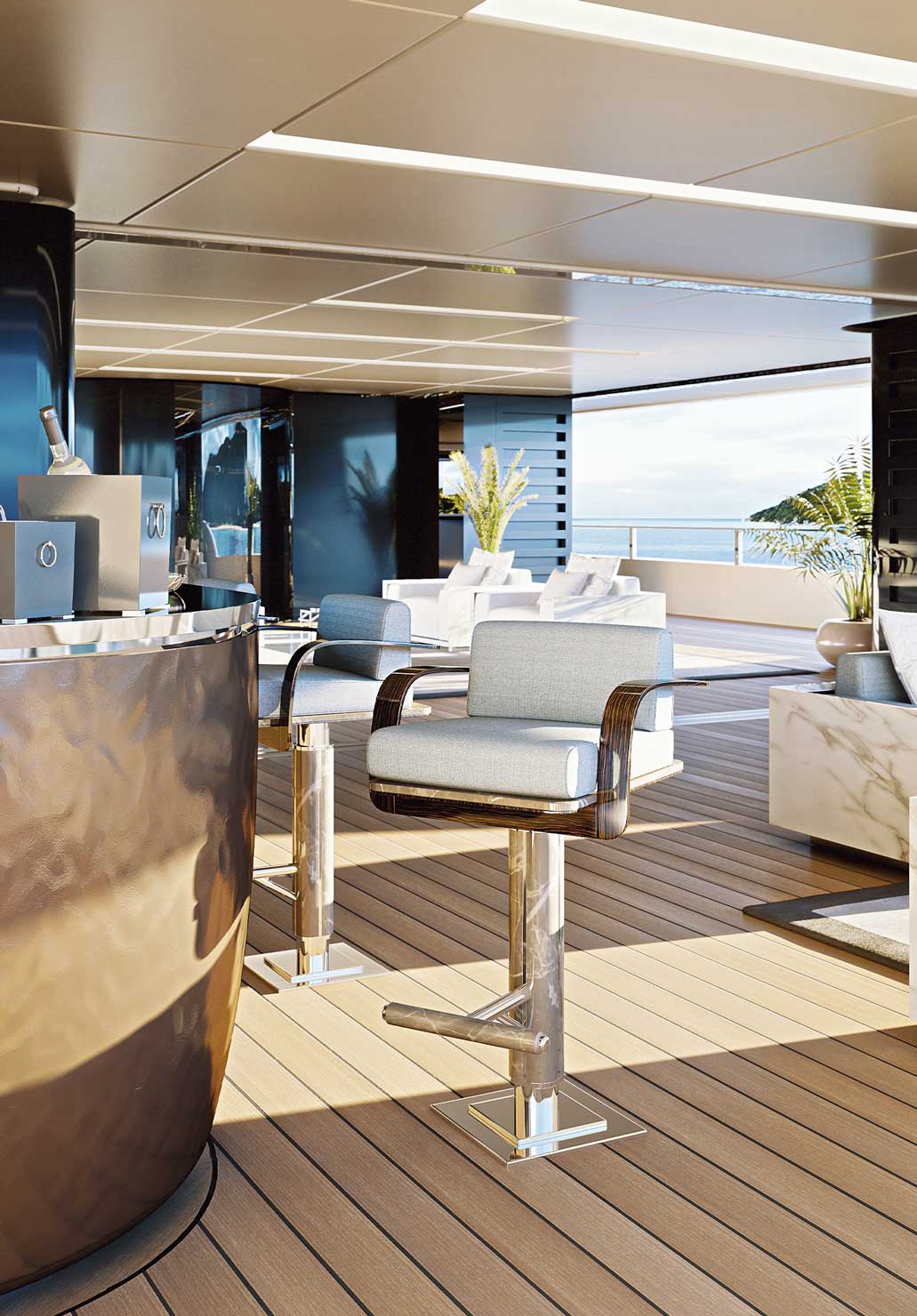 BLOG
BLOG
The luxury and sustainability of marble even "on board"
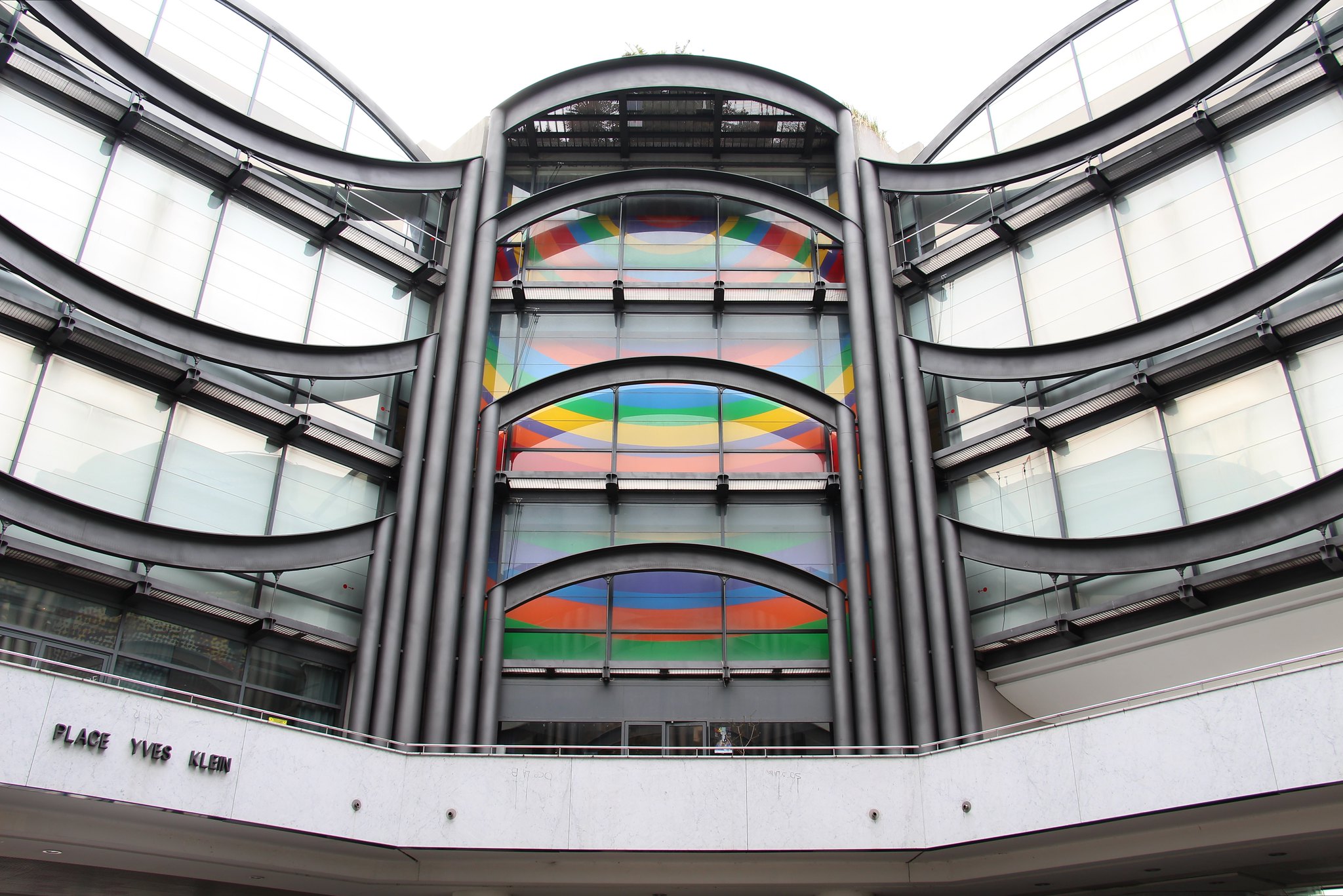 BLOG
BLOG
Marble Architecture: discovering MAMAC – Modern and Contemporary Art Museum of Nice
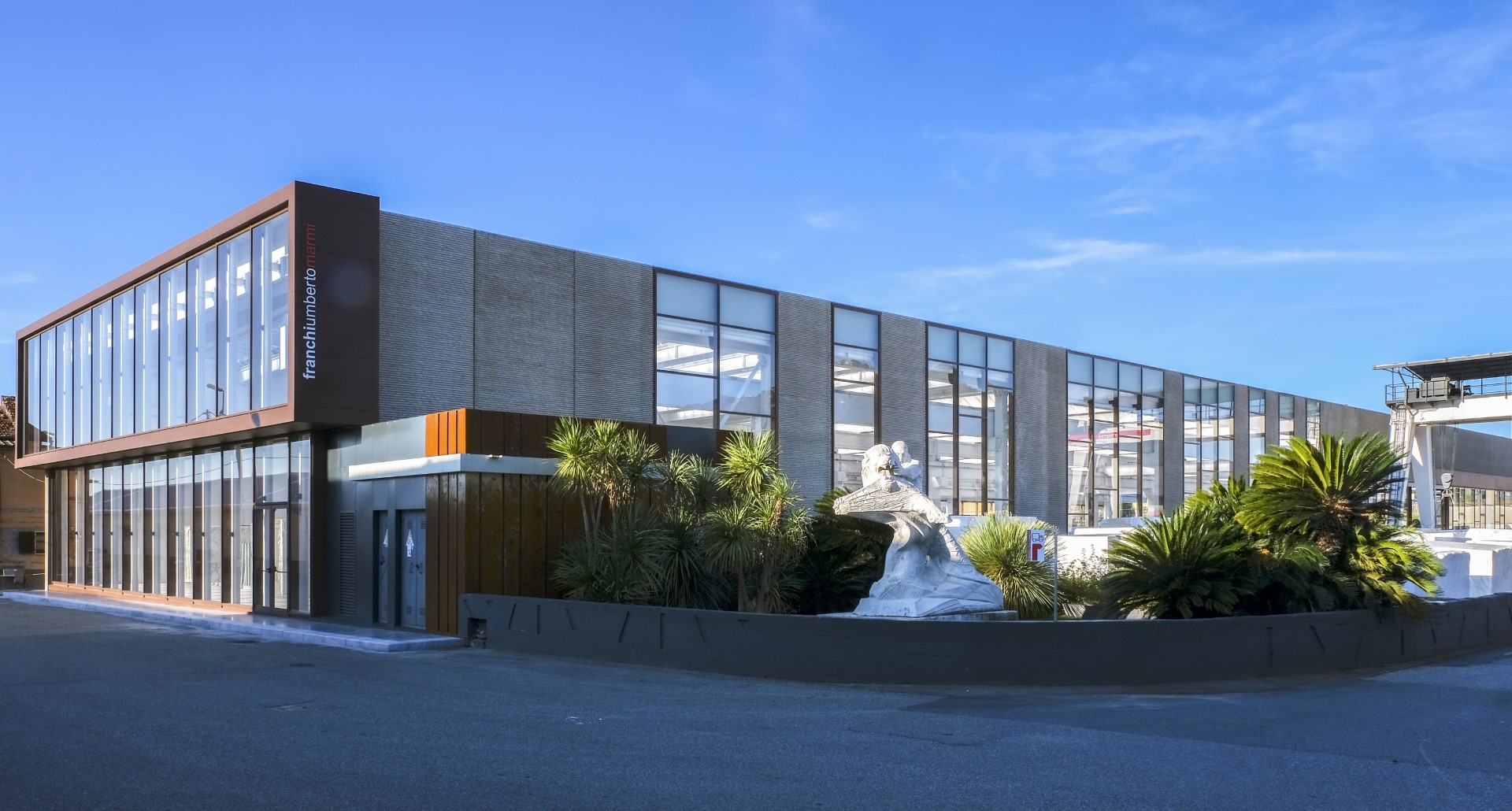 BLOG
BLOG
The FUM headquarters expands: the new hall C1
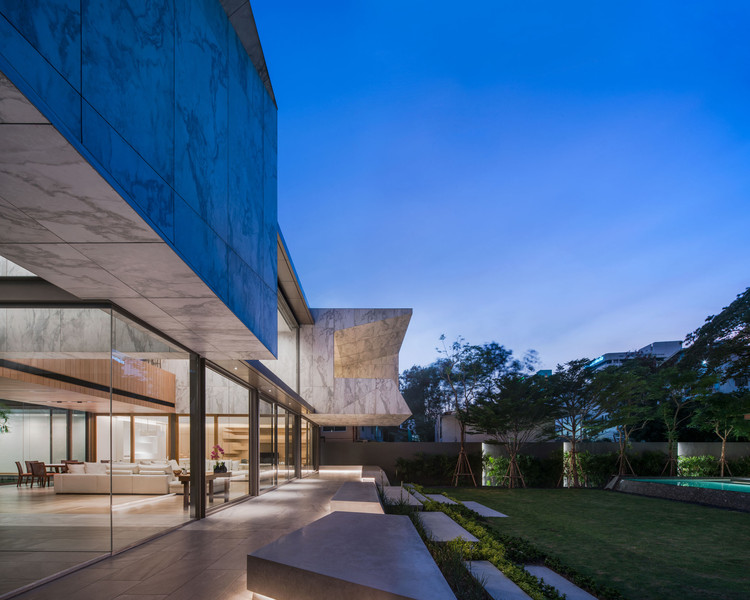 BLOG
BLOG
Openbox Architects designs with marble and integrates architecture with the landscape: the Marble House in Thailand
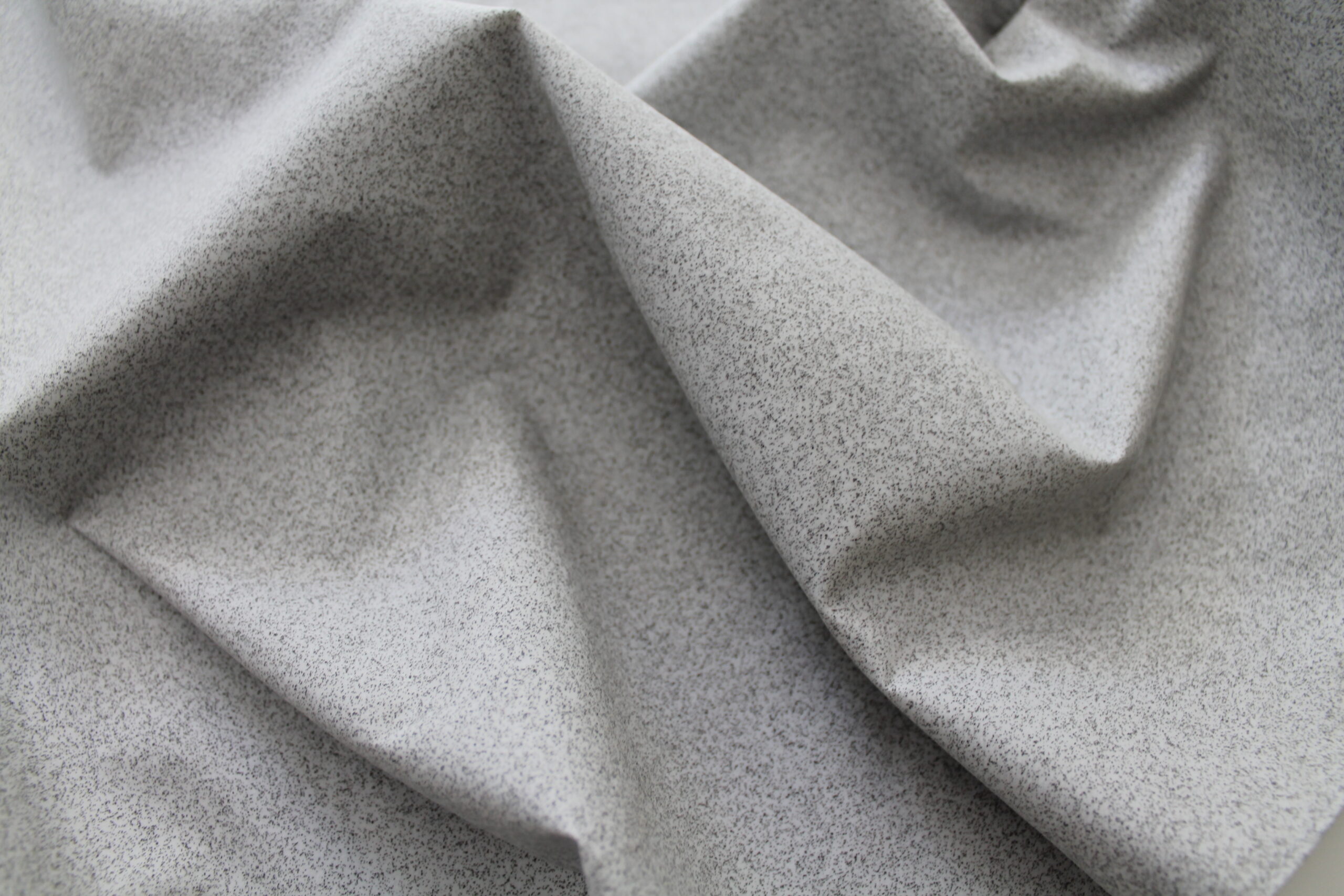 BLOG
BLOG
Fili Pari: marble dust become fabric
 BLOG
BLOG




